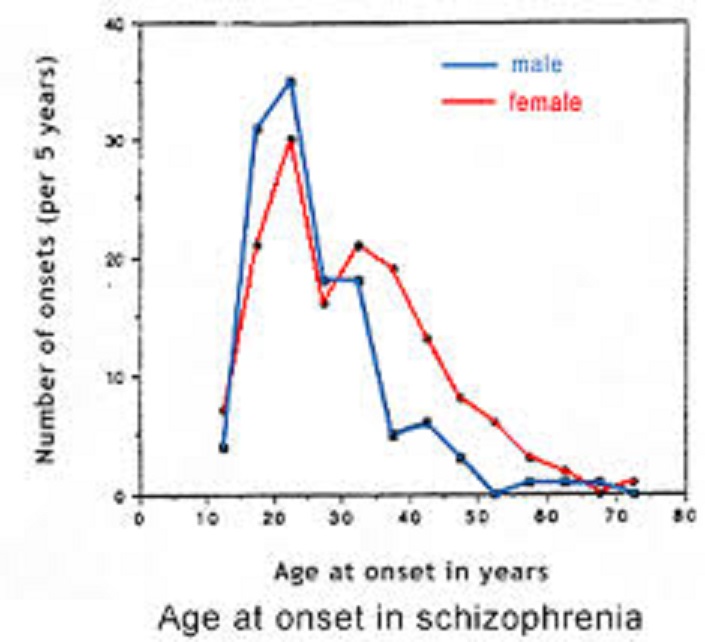The Affordable Care Act was a sweeping piece of legislation with multiple, well-known goals, most notably to dramatically expand insurance coverage. Many of us who worked on the Act’s provisions regarding mental illness and substance use disorder believe that the care of these disorders will be transformed by the law. If you want to understand why, check out this article by the high-wattage wonks of the office of the HHS Assistant Secretary of Planning and Evaluation. Among the many valuable points it makes is how the ACA is increasing insurance coverage for people in late adolescence/early adulthood:
The ACA requires all group plans and individual policies (both inside and outside the marketplace) that offer dependent coverage of children to make such coverage available up to age 26. This provision has already improved access to care for many young people. In the first 9 months of 2012, among adults aged 19-25, the percentage uninsured decreased from 35.6% in the third quarter of 2010 (a recent high point in uninsurance) to 26.3% in the third quarter of 2012. There was a corresponding increase in private coverage for this age group, from 49.3% in the third quarter of 2010 (a recent low point in private coverage) to 56.7% in the third quarter of 2012.
The benefits of this change are not evident to many people, because they think of serious illnesses as starting in middle and old age. For cancer and heart disease, that’s generally true, but a striking feature of addiction and serious mental illness is that their age of onset is concentrated much earlier in life. For example, here are age of onset data from a study of 270 people with schizophrenia).
A chart for other serious mental illness or addictions would show the same pattern. Because of the ACA, families whose child experiences a mentally illness or addiction between the ages of 18 to 26 can now avoid substantial health and financial burdens that would otherwise complicate what is already a difficult situation.
